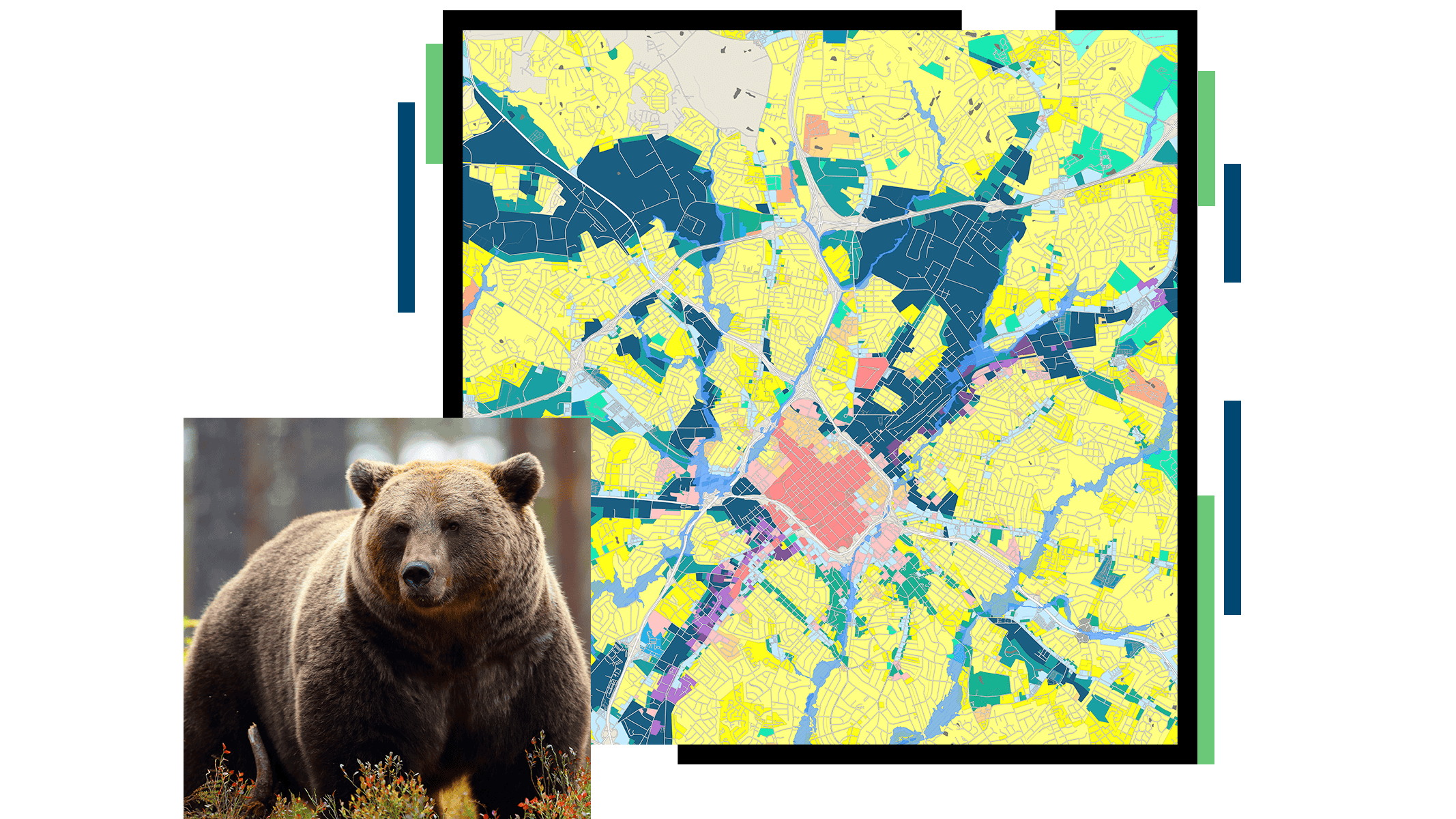Prioritize resource protection
Successful land resource protection begins with setting priorities. Use GIS to assess the status of wildlife resources, distribution, and threats, as well as to track any changes. With GIS, you can compare scenarios against modeled future conditions to target and plan your stewardship and conservation activities.





